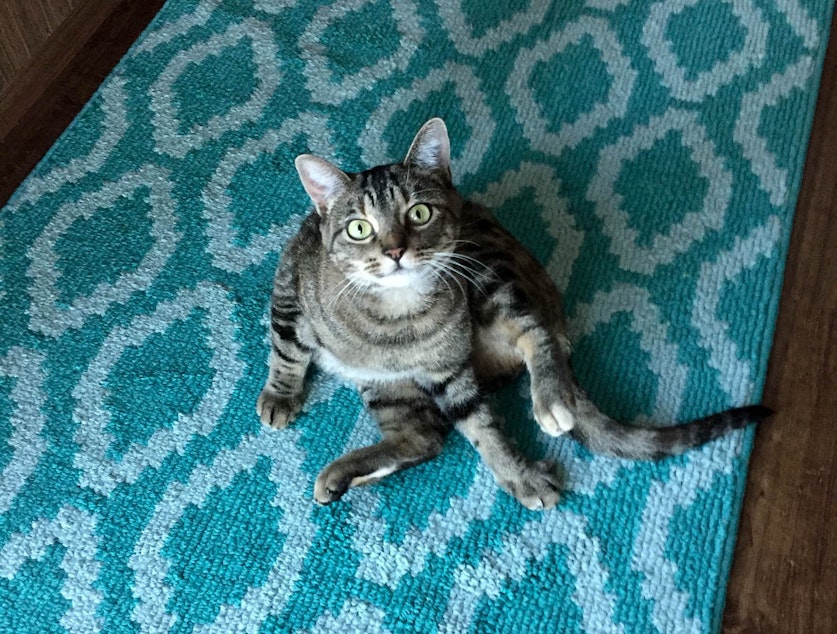Not how it usually works: When campaigns give money back to their donors

Politicians are reputed to be as eager for contributions as my cat when she sees me reaching for the wet food.
I’ve never tried taking the tuna away from Grizz once she’s started devouring it, but the Washington Public Disclosure Commission has so far observed over $700,000 in refunds this election cycle issued to Washington residents, or by campaigns based in Washington.
Why so many refunds? For one thing, contribution limits can be confusing, and donors don’t always know the ins and outs. The PDC’s handy website lists 66 separate situations in which a limit applies, or no limit does, depending on who’s doing the giving and who’s doing the getting.
I bet you didn’t know that if you’re giving money to a candidate for Port of Seattle Commissioner, you can’t give more than $2,000, but if the candidate is running for King County Hospital District 2 Commissioner you can only give $1,000. Or maybe you did know that, because you’re a nerd (or a lawyer, or a rich person who deals with this a lot - but “nerd” probably still applies. (I get to say that, because I’m a nerd.)
If a donor goes over the limit, the PDC can issue fines and refer cases for criminal prosecution, though no criminal cases have been referred since the PDC gained that power in 2011.
Sponsored
It’s even possible – albeit unlikely – that a court could order a do-over of the election. Those consequences are serious enough for campaigns to pay attention, even if donors might be unaware. But there are other reasons for money to be given back. A campaign might find a donor unsavory, or it might simply shut down and no longer need the money.
Some refunds can be pretty large. Take one that Paul Allen received this year. He gave more than $2 million to Save Animals Facing Extinction. That committee was formed to support 2015’s Initiative 1401, meant to prohibit the trafficking of products made from endangered animals. In 2016, SAFE relaunched as a nonprofit organization to continue fighting endangered wildlife trafficking. In April, it gave $188,000 back to Allen.
Most refunds are much smaller, and just because a campaign is supposed to return money doesn’t mean they’re on it. According to the Federal Election Commission, Randy Treibel has donated roughly $14,000 to Trump as part of his campaign-merchandise reselling business, but Treibel says he’s only received $680 in refunds so far (though Trump has reported giving back around $2,400).
That means the Trump campaign still owes Treibel several thousand dollars if they don’t want to run afoul of federal campaign spending limits that restrict donors from giving candidates more than $5,400 for an election. Trump’s campaign hasn’t asked for the merchandise back at the time of this writing.
When we built the Field Guide to Influence this summer, we were faced with a question: Should we, in presenting as much data as we can about practically every race in Washington state, pretend those donations never occurred? Or should we present them as the campaign discloses them and account for the refunds in our totals?
Sponsored
Here’s how we handle that: If a campaign says they’ve gotten money, we include that contribution. When presenting a campaign’s top donors, we do our best to adjust for refunds that appear in the campaign’s disclosures. We’re not always able to do this, as typos and address inconsistencies often make it tricky to link a specific refund to a particular set of contributions.
Last week, I got a phone call. The voice at the other end of the line wanted to make sure I knew her candidate hadn’t accepted more than the limit from a donor and had returned the excess. We had just launched the Field Guide to Influence, and here was feedback from the real world!
I was very excited, even though it meant fixing something. The campaign manager was friendly but firm as she insisted that we update the site. We’ve now done so, but the moral of the story is that we love that kind of feedback, so send us more of it. We might even make a story about it.
